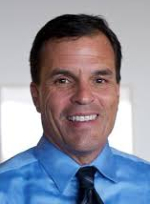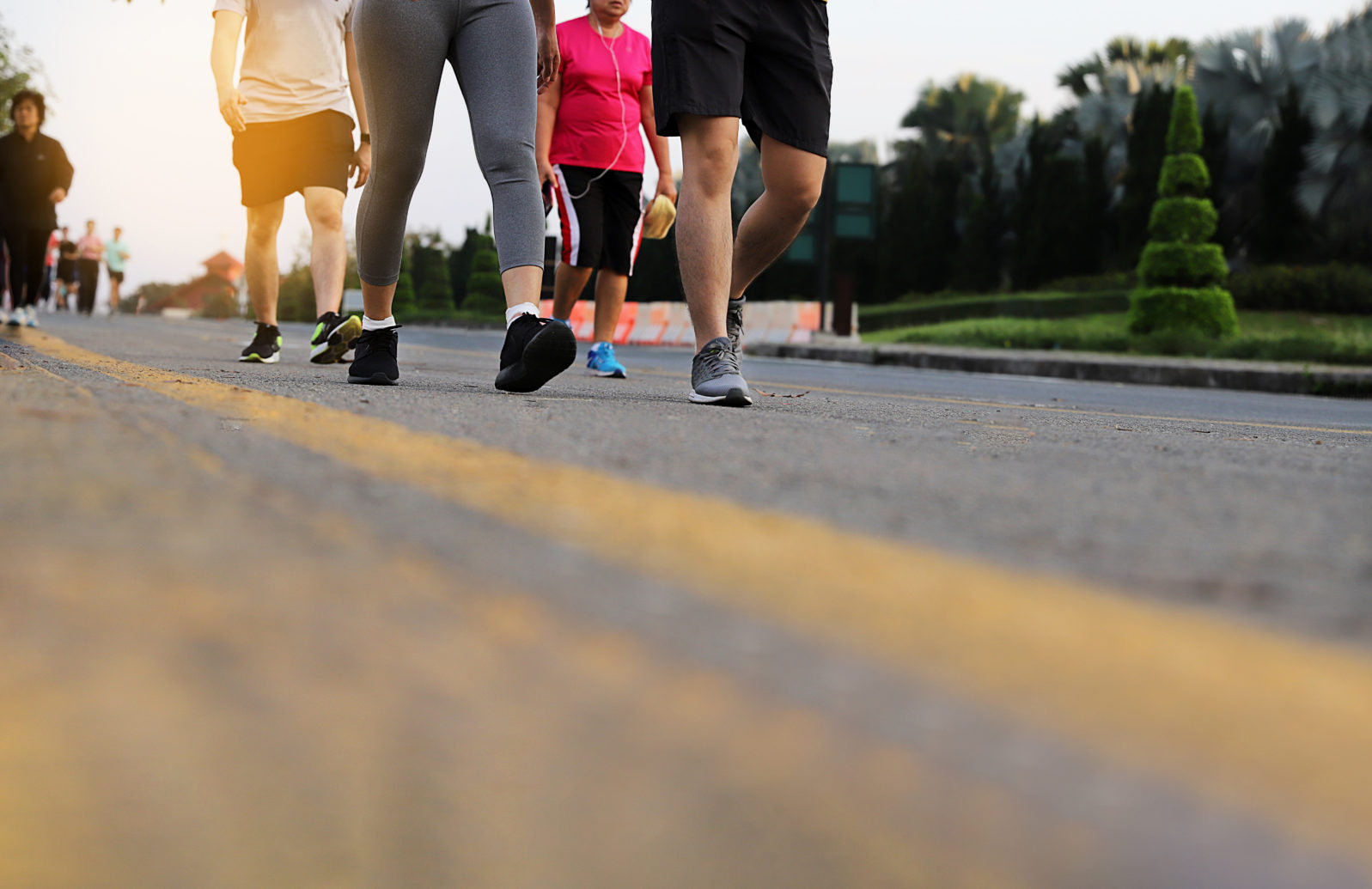Exercise is Medicine: The Power of Regular Physical Activity
Recent research reveals that exercise is one of our most powerful defenses against illness and diseaseThe United States spent $3.8 trillion on health care in 2019, before COVID-19. That’s 17.7 percent of U.S. Gross Domestic Product and nearly $13,000 per person. That’s more than double the average spending in dozens of comparable countries, yet U.S. health care outcomes are near the bottom of any list. We have the highest obesity rates in all age groups and the second highest death rate from heart disease. For life expectancy at birth, the U.S. ranks 34th, behind Chile and Lebanon.
We have arguably the best doctors, medicines, and hospitals. Why are so many of us in poor health and why do so many of us die young? We can blame the system or we can blame ourselves.
Enter Robert Sallis, a doctor based in Southern California who has recently published studies showing that regular physical activity may be one of the most powerful medicines we have at our disposal for fighting disease and even COVID-19.

Robert Sallis was born in Whittier in the 1960s and grew up in Brea, two sleepy Southern California cities near Buena Park and La Habra, the two drowsy cities where I grew up. Bob’s father was a school teacher/coach and his mom was the office manager of a family medicine medical group — a combination that sparked Bob’s lifetime interest in sports and medicine.
Basketball was his passion and, though he wasn’t tall (5 feet, 11 inches), he was intelligent — on and off the court. During his senior year in high school, he set the Southern California high school record for assists in a single game and a season. Meanwhile, the school’s assistant coach, Gregg Popovich (“Coach Pop”) — a former top scorer at the Air Force Academy and once invited to tryouts for the 1972 U.S. Olympic team — was looking for players who were smart enough to meet the Academy’s tough entrance requirements. Bob was successfully recruited and played basketball for four years at the Air Force Academy.
Bob clearly wasn’t going to have a career as a professional basketball player, so following the advice of Coach Pop, he pursued his other passion (medicine) by going to medical school.
After Bob graduated from the Air Force academy and medical school, he returned to Southern California for a residency at Kaiser Permanente in Fontana, California. Coach Pop was now the head basketball coach at Pomona College in nearby Claremont and he invited Bob to be the team doctor, which he happily accepted. He was now immersed in both of his passions – medicine and sports. Coach Pop soon left to become the future Hall-of-Fame coach of the San Antonio Spurs, but Bob continued working with Kirk Jones, Pomona’s Athletic Trainer and Professor of Physical Education, who happened to keep meticulous injury reports on Pomona College athletes.
For example, one highly cited paper they co-authored reported that there is “very little difference in the pattern of injury between men and women competing in comparable sports.” In another study, Bob and a research assistant found that patients with mild to moderate Parkinson’s Disease who participated in a cycling endurance training program significantly improved their condition.
Working with medical patients and athletes, Bob became increasingly convinced of the health benefits of regular exercise. He is a Past-President of the American College of Sports Medicine and currently chairs Exercise is Medicine™, a joint initiative of ACSM and the American Medical Association. He has also served as chair of the Healthcare Sector for the National Physical Activity Plan and is a spokesperson for Every Body Walk!, a national initiative designed to get America up and walking.
He believes that physical inactivity has many harmful health effects and “that physical activity is like a wonder drug, useful for both the treatment and prevention of virtually every chronic disease.” He argues that if exercise was listed in the Physician’s Desk Reference (the largest compendium of drugs), it would be the most powerful drug currently available. And it would be malpractice for doctors to not prescribe it.
Several empirical studies support his arguments. It is well known that immune function improves with regular physical activity and that those who are regularly active have a lower incidence, intensity of symptoms, and mortality from various viral infections. Regular physical activity improves cardiovascular health, increases lung capacity, increases muscle strength, improves mental health, and has beneficial effects on multiple chronic diseases.
Now, Bob and a Kaiser research team have additional evidence for the benefits of physical activity, based on a statistical analysis of 48,440 Kaiser Permanente patients who had been infected with COVID-19 and had at least three measurements of their physical activity level during the two-year period prior to their infection.
The US Physical Activity Guidelines recommend an average of 150 minutes a week of moderate to vigorous physical activity (like a brisk walk). That’s just a 30-minute walk five days a week, yet only 6.4% of these patients (3,118) met this guideline prior to their infection. An astonishing 14.4% of patients (6,984) reported 0 to 10 minutes a week of moderate to vigorous physical activity! Most of these consistently inactive patients had no exercise at all. The remaining 79.1% of patients (38,338) were in-between the extremes of consistently inactive and meeting the guidelines.
Bob and his research team found that, controlling for dozens of possible confounding factors, the patients who met the physical activity guidelines were far less likely to be hospitalized, admitted to intensive care units, or die. Physical inactivity was a larger risk factor for death than were cardiovascular disease, diabetes, and other chronic diseases—and physical inactivity is something we have control over. Some physical activity was better than none at all, but best of all is meeting the guidelines of 150 minutes a week.
In their forthcoming paper in the British Journal of Sports Medicine, the world’s leading peer-reviewed journal in sports medicine, they conclude that
Physical inactivity is the strongest modifiable risk factor… We recommend that public health authorities inform all populations that short of vaccination and following CDC guidelines, engaging in regular physical activity may be the single most important action they can take to prevent severe COVID-19 and its complications, including death.
Yes, exercise really is medicine and not just for COVID-19.
So, launch yourself out of your chair and go for a walk!
